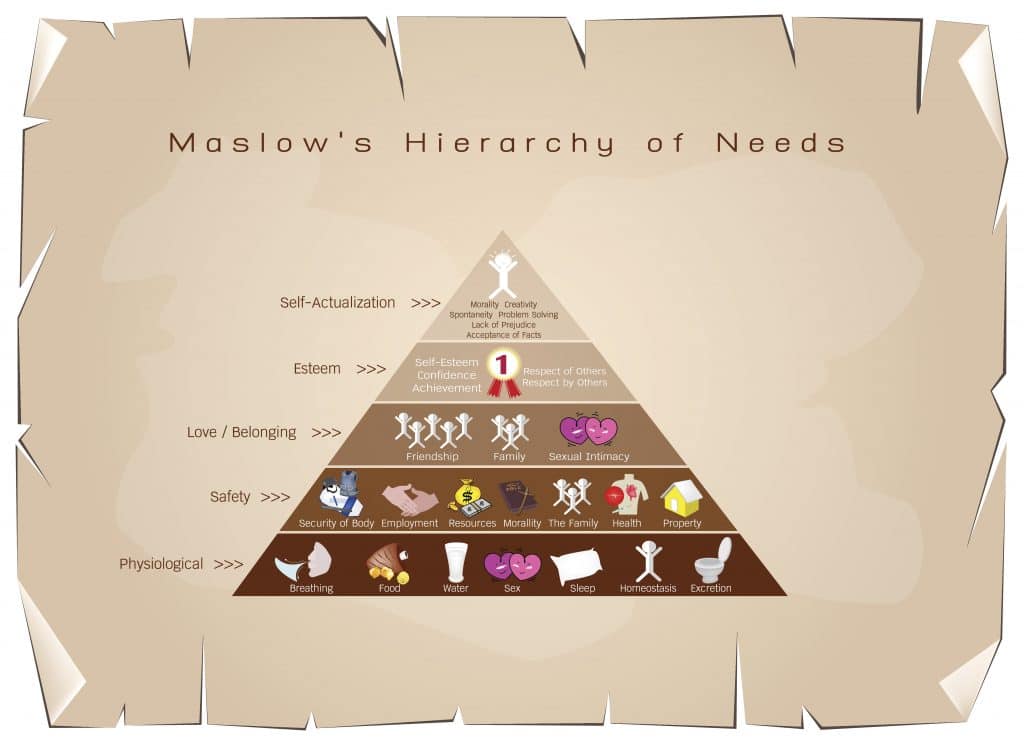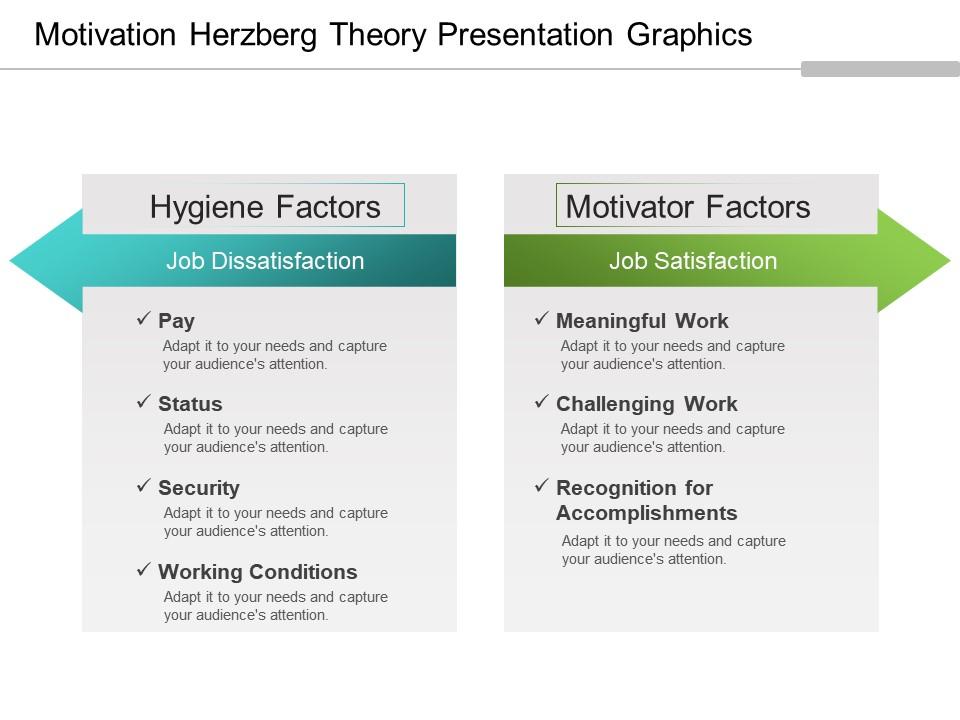Primark: Analyzing Organizational Culture and Motivation Theories
Introduction: Primark: Analyzing Organizational Culture and Motivation Theories
Visit Native Assignment Help to see UK-based assignment writers who provide free case studies of our trustworthy assignments. Look no further for your University paper help because our experienced writers will leave you with nothing short of perfect tasks that not only meet but also surpass the highest academic requirements, ensuring your victory in academics.
The report revolves around the organizational culture and motivation of a chosen company, which is named Primark. An organization was founded in 1969 in 13th June, in Dublin Ireland. Arthur Ryan is an organizer of Primark. This company is considered a big organization since 71000 employees are working in the organization. Primark has 415 current locations of its stores and services to limited countries such as Ireland, the UN, Spain, Portugal, Germany, Italy, Austria, the US, Poland, Romania, Belgium, and five more. This discussion forum's goal will be to determine an impact that motivationand organizational culture have on employee behaviours or performance at case company’sworkstation.

Figure 1: Primark logo
Discuss and analyse the various organizational cultures and motivational theories and identify which ones can be found in your organization
A common beliefs, behaviours, and attitudes, which define the company, are denoted to its organizational culture. It reflects a corporation's character and has significant influence on how satisfied its staff-members are in common.
Below are 4 core types of organizational culture:
Clan culture- This culture is a people-focused in, which it generates the feeling of a family within workplace. Every individual is valued at work, where there is a high level of collaboration and communication is a key concern. Clan culture is a cooperative approach that is typically combined with a horizontal organizational structure.
Adhocracy culture- The emphasis of the adhocracy culture is on employees' innovation and adaptation. This type of culture encourages people to express their views and supports businesses in taking chances (Noone, et. al. 2022). Adhocracy culture may be implemented by businesses through holding strategy and brainstorming meetings.
Market culture- Businesses with a market culture place a strong emphasis on achieving financial success as well as its objectives. The greater objectives of the organization are achieved in part by each person who works within the market culture. Companies may adopt a market culture by evaluating each function inside the organization and figuring out the return on investment for each one of them.
Hierarchy culture- A clear chain of command and well-defined internal career routes are characteristics of organizations with a hierarchical culture. Risk aversion and internal structure are typically priorities for these types of businesses. Businesses may establish hierarchical culture by ensuring that each team and department has simple and clear protocols and management structure.
Coming up on the motivational theories, helps to identify which one is adopted by Primark. Management teams can find the most effective strategy to achieve a task and work towards the anticipated result by using motivation theories.
Here are some key motivational theories discussed below:
Maslow’s hierarchy of needs- The hierarchy of requirements includes necessities for physiology like food or clothes, security needs like constant work, and social like friendship, self-actualization, and self-esteem (Hopper, 2020). Leaders could utilize a hierarchy to enhanced understandings and wants or motivations for their employees or reply to them in methods that encourage high output or a fulfilling job environment.

Figure 2: Maslow's hierarchy chart
McClelland’s need theory- This theory shows that there are 3 major wants, which most persons have, or each requirement is linked with the certain behaviour type, which is determined to meet it. This includes a need for the affiliation, need for an achievement, or a need for the power.
Herzberg’s motivational theory- Based on two-factor theory that is often mentioned to Herzberg's motivation or hygiene theory, work gratification, or discontent exist on 2 distinct ranges, and each with their unique collection of elements.

Figure 3: Herzberg Two factor theory
Incentive theory- The incentive motivating theory denotes that humans are inspired by strengthening, acknowledgment, prizes, and incentives. According to this theory, persons could involve in several ways to attain the particular objective, division of activity, or collect the reward.
Identify which ones can be found in organization
From above organizational culture as well as motivational theories, Primark adopted a clan or hierarchal culture within the organization. And used Maslow's hierarchal need theory to boost their employee's work performance. These theories help the company to retain its employees in the workplace for the long term. The firm highly pays attention to the hierarchal needs of its employees but also considers an incentive theory to engage its employees with monetary rewards.
The influence that organizational culture and motivation have upon behaviours and performances within the workplace
Motivational theories play the crucial role in influencing employee behaviours within organizations, which in turn affects the overall performance of the organization. Motivational theories provide valuable insights into how organizations can influence employee behaviour and performance. By understanding the different needs and motivations of employees, organizations can create a work environment that supports and encourages positive behaviours, leading to improved performance. However, it is important to note that different individuals may be motivated by different things, and a one-size-fits-all approach may not be effective. It is also crucial for organizations to continually evaluate and adapt their motivational strategies to ensure they remain relevant and effective.
Critical evaluation of how the above-mentioned theories influence behaviours within organizations and how this affects the performance of each organization
Above-mentioned theories show only the inspiring process that how a company can motivate and retain its employees. Maslow's hierarchy theory suggests that individuals are encouraged by different levels of necessities, starting from physiological needs to self-actualization needs. This theory suggests that an organization can motivate its employees by fulfilling their basic needs, such as salary and job security, before addressing higher-level needs such as recognition and growth opportunities. However, this theory will not perform well in every situation of an organization. This theory reflects that every individual thinks in the same way and all of them can be motivated in the same way by the hierarchy motivational process. But, every company has a different culture and every individual has a different mindset. So this theory is used in certain conditions of a company only.
According to the case company’s organizational culture, it has the potential to adopt new theories for the smooth running of its business in the market. The company can use incentive theory, as every individual nowadays is satisfied only by money. This theory enlarges the employee base and their satisfying power at the workplace. These theories direct the company to establish a strong empire in the competitive marketplace. When the employee is satisfied with the company they effectively present an organization in front of the customers.
Recommendations on how organization could improve the performance of their staff to meet goals
The company is doing well in the market but at some point, it has to examine itself internally. Primark has several options to enhance its internal growth.
Two suggested motivational theories for Primark are:
- Herzberg's two-factor theory identifies 2 types of the elements, which encourage employee inspiration through hygiene factors or the motivators. The hygiene elements like salary or the working situations should be met to prevent dissatisfaction, while motivators that are recognition or an opportunities for growth, can drive motivation and satisfaction.
- Self-determination theory is made on the assumption that people are motivated by their innate psychological needs for autonomy, competence, and relatedness (Ju, al. 2019). Organizations can create a supportive work environment that allows employees to feel autonomous, competent and connected to their co-workers, which can lead to increased motivation and improved performance.
The case company goes with these two theories and can motivate its employees to give their best in the company's operations.
Reference
Agecoutay, R., 2017. Maslow’s Hierarchy of Business Needs (online). <https://www.tailwindtransportationsoftware.com/maslows-hierarchy-business-needs/> (accessed on 10 February 2023).
Hopper, E., 2020. Maslow’s hierarchy of needs explained. ThoughtCo, ThoughtCo, 24, pp.1-3.
Ju, D., Ma, L., Ren, R., and Zhang, Y., 2019. Empowered to break the silence: applying self-determination theory to employee silence. Frontiers in psychology, 10, p.485.
Noone, B.M., Lin, M.S. and Sharma, A., 2022. Firm performance during a crisis: Effects of adhocracy culture, incremental product innovation, and firm size. Journal of Hospitality & Tourism Research, p.10963480221086846.
Primark, 2023. Novinky (online). <https://www.primark.com/> (accessed on 10 February 2023).
Slide Team, 2023. Motivation Herzberg theory presentation graphics with all 5 slides: (online). <https://www.slideteam.net/powerpoint-presentation-slides/motivation-herzberg-theory-presentation-graphics.html> (accessed on 10 February 2023).
Reflection
This reflection is based on group work that I recently participated, when we examined a case study on Primark.The goal was to examine the effects of organizational culture on employee performance and behaviour. Our team of five people was given the assignment to represent junior advisors for the business consultancy at the local Employer Advisory Forum, which is hosting the debate on organizational culture or motivation using the company named Primark as the case study. A critical evaluation of the team role theories' influence on organizational behaviour and its impact on each organization's success was also conducted during the group discussion. Finally, we offered suggestions on how Primark may raise employee productivity to better achieve its objectives.
The team responsibilities include jobs that are people-focused such as team member, coordinator, resource investigator, action-focused implementer, shaper, completer or finisher, and thought-focused which are monitor-evaluator, plant and specialized roles (Morrison-Smith and Ruiz, 2020). By recognizing traits of diverse positions, we make sure that each member is used to their maximum ability and manages their shortcomings to avoid them.
I have learned from my experience working in teams that it's not always simple to get things done. As we moved through the Four Phases of Group Development, especially Tuckman's teamwork, I developed a better grasp of how to handle the problems or unanticipated occurrences that may occur at unprecedented stages of team development (Donald, and Carter, 2020). The idea of Tuckman suggests that team evolution may occur in four different ways: performing, storming, forming, and norming. I experienced both favourable and unfavourable events while working in this team over the four stages of group growth.
The process of team development that is suggested by Tuckman is now in its creation phase. Our group conducted the first conference to interact with everyteam-member one-on-one to address some of problems, which come up during team formation stage or get them ready for next group job. Our group's maturity progressively rose during the forming and storming stages, and collaboration was accomplished more successfully and naturally. Four team members acted honourably and upheld the team's values in the group's best interests. We noted that the storming stage took longer than normal since there were many disputes and people were not focused on finishing the expected work (Patterson, 2022). During the "norming" phase of team building, members start to trust one another more and gravitate towards cooperating to finish the objective with a growing feeling of unity. It is crucial to remember that for a team to complete a task, communication, trust, and respect must be present. People get significantly inspired and motivated to perform more efficiently when they learn to support and accept one another's abilities and flaws. This part of collaborating was really enjoyable to me.
We all worked equally on the task to get better results from our research. We discussed organizational culture, organizational power, organizational politics and motivational theories that are implemented in Primark as well as their influence on the company's performance. This collaboration experience has also taught me the value of working as a team and the difficulties that might arise while trying to accomplish difficult tasks. Additionally, I have learned how to collaborate with others while prioritizing the objectives or interests of the group. By highlighting each person's abilities and reducing criticism of their faults, a good team can accomplish its shared goals.
Reference
Donald, E.J. and Carter, A., 2020. Overview of common group theories. Group Development and Group Leadership in Student Affairs, p.17.
Morrison-Smith, S. and Ruiz, J., 2020. Challenges and barriers in virtual teams: a literature review. SN Applied Sciences, 2, pp.1-33.
Patterson, D., 2022. 4.6. In-depth Look: Tuckman’s Model–Five Stages of Team Development. Strategic Project Management: Theory and Practice for Human Resource Professionals.



